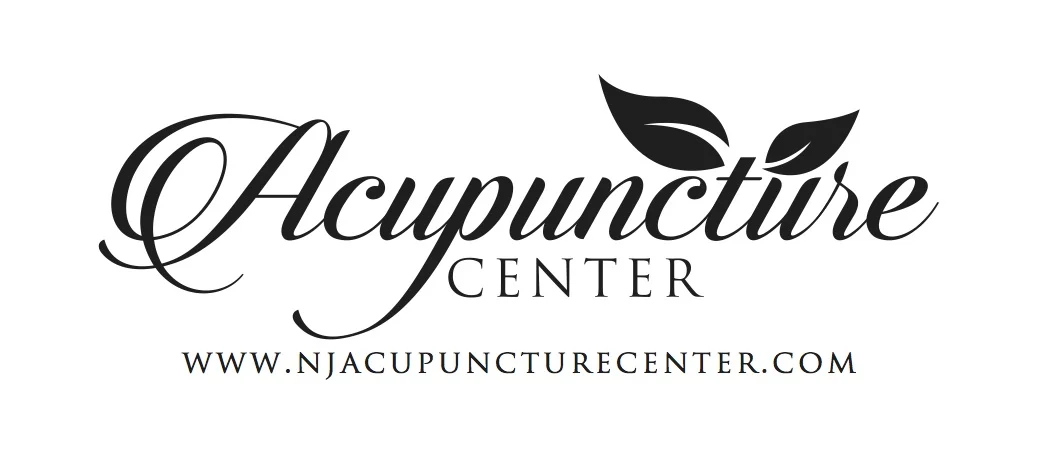Acupuncture Doesn't Just Help Cancer Patients, But Caregivers Too
/Learning that a loved one has been diagnosed with cancer can be one of the most difficult things for someone to experience. It not only changes the life for the person who is fighting the battle themselves, but it can radically alter the life of those closes to them.
Depending on each situation, close family or friends may have to take a lot of time out of their schedule to help care for their loved one. Often times, caregivers can put forth such an effort in taking care of their loved one that their own self-care gets ignored. This can lea to a snowball effect, causing emotional stress as well as pain and discomfort.
The benefits of acupuncture for cancer patients reach far and wide. But it can also do wonders for those who are taking care of cancer patients, whether professionally or for somebody close to them. Tamera Anderson-Hanna, herself a cancer survivor, wrote on CureToday.com about her experiences as a caregiver for family who were also diagnosed with cancer, and how acupuncture became a crucial part of her self-care regimen.
Most of her discomfort was emotional, as she explains, “I was definitely experiencing stress with the news of family members being diagnosed with cancer after the new year and have found acupuncture has helped me to experience improved sleep and feeling less stressed as a caregiver.”
But as we know, emotional stress also takes its toll on the physical body. Tamera’s acupuncturist also treated her neck, which is where she was carrying most of her stress. Acupuncture helped Tamera “sleep better at night, assists in experiencing less pain or tension in my body and allows me to redirect my energy to a more positive focus and perspective, thus having more good energy.”
If you or anyone you know is experiencing emotional or physical distress from taking care of someone else, acupuncture isn’t just there for those who have been diagnosed with an illness. Caregivers must ensure they’re taken care of as well.













